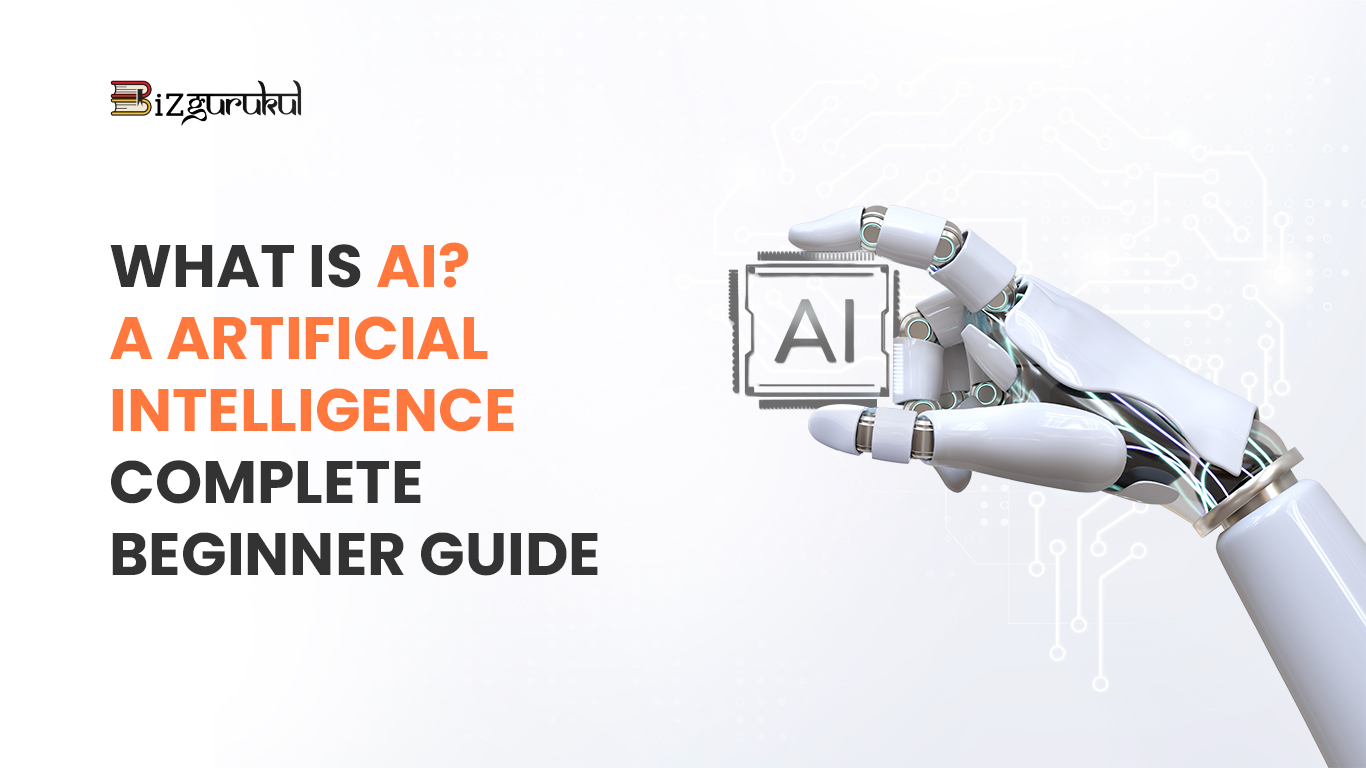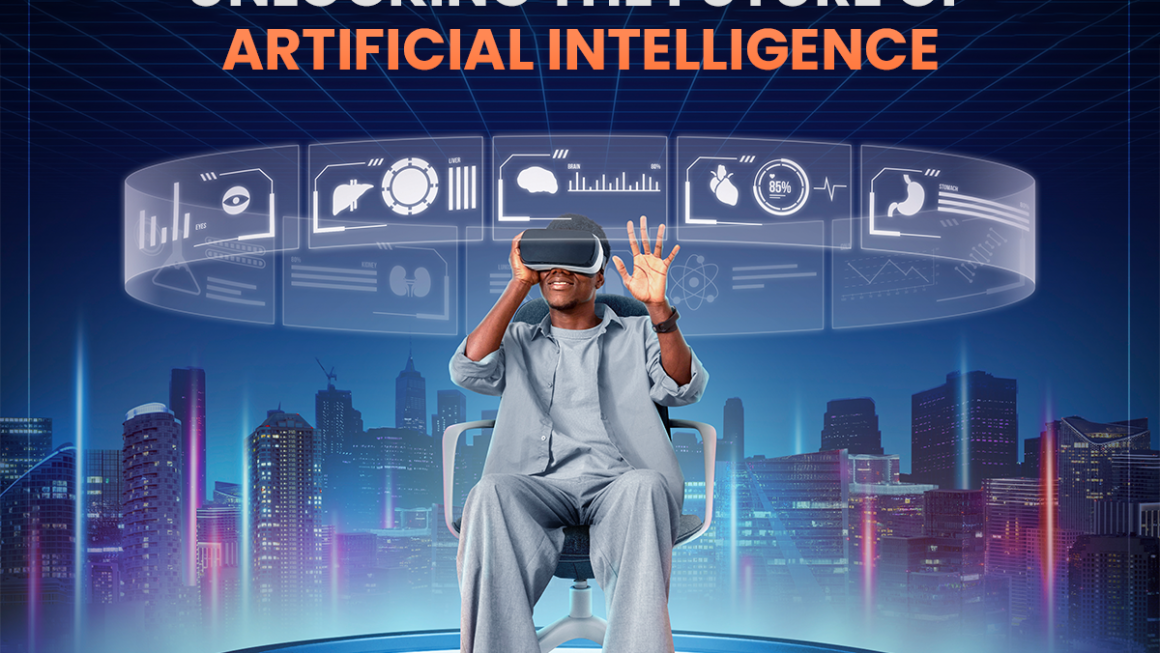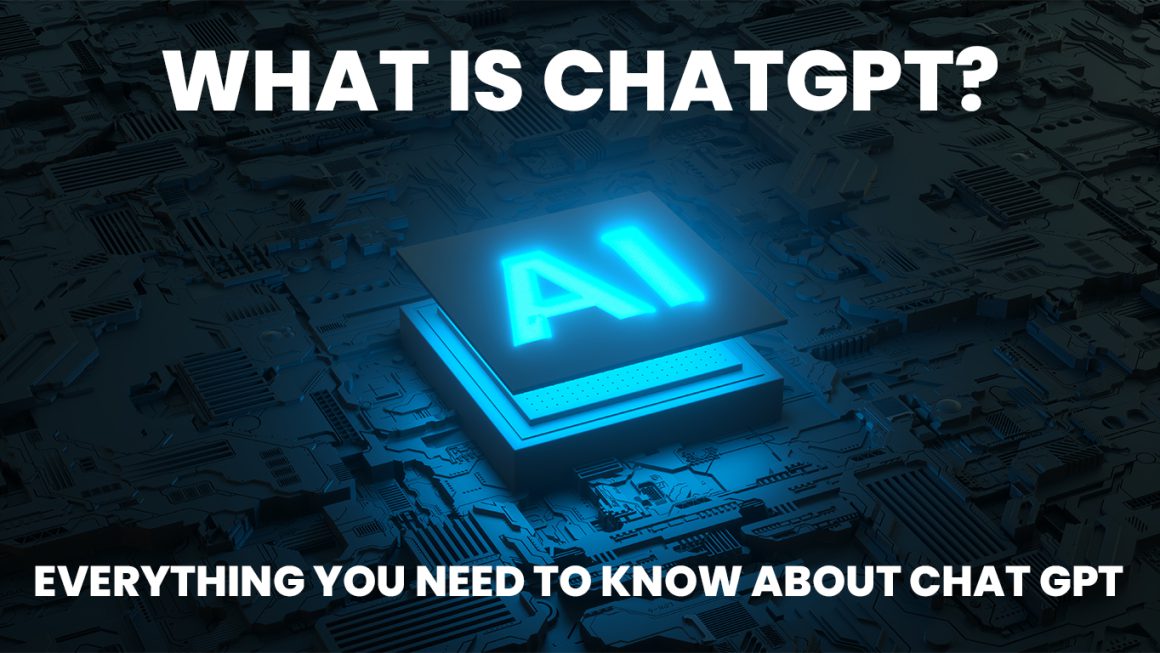
Artificial Intelligence (AI) stands as one of the most transformative and attractive fields of modern science and technology. With its roots tracing back to the mid-20th century, AI has evolved into a multifaceted domain, reshaping societies and revolutionising industries. In this expansive exploration, we focus on a comprehensive journey through the complications of AI, including its historical evolution, fundamental principles, diverse applications, ethical considerations, societal impacts, and the amazing prospects that lie ahead.
Prospects of AI:
- Introduction to Artificial Intelligence
Artificial Intelligence refers to the development of computer systems capable of performing tasks that typically require human intelligence. These tasks encompass a wide array of functions, including learning, reasoning, problem-solving, language understanding, and decision-making.
- Historical Evolution of Artificial Intelligence
The history of Artificial Intelligence (AI) is a fascinating journey marked by visionary ideas, groundbreaking research, and remarkable technological advancements. The evolution of AI can be traced through several key milestones and influential figures who laid the foundations for this:
* Early Conceptualization (1940s-1950s):
Alan Turing and the Turing Test (1950): The concept of machine intelligence was introduced by British mathematician and computer scientist Alan Turing in his paper titled “Computing Machinery and Intelligence.” Turing proposed the “Turing Test,” for determining a machine’s ability to show intelligent behaviour that cannot be differentiated from that of a human.
John McCarthy and the Dartmouth Conference (1956): In 1956, McCarthy introduced to the world the word “Artificial Intelligence”. McCarthy coined the term “Artificial Intelligence” to describe the goal of creating machines capable of intelligent behaviour.
* The AI Winter and Expert Systems (1970s-1980s):
AI Winter: The 1970s and 1980s saw periods of reduced funding and interest in AI research, known as the “AI Winter,” due to overhyped expectations and non-satisfactory results.
Expert Systems: During this period, research focused on expert systems, which utilized symbolic reasoning and knowledge representation to emulate human expertise in specific domains. MYCIN, a diagnostic system for infectious diseases, a system for analyzing chemical compounds, were notable examples.
* Renaissance of AI and Machine Learning (1990s-Present):
Machine Learning Revival: The 1990s witnessed a resurgence of interest in AI, driven in part by advances in machine learning algorithms and computational power. Researchers explored neural networks, algorithms, and other techniques to tackle complex problems.
Deep Learning Revolution: In the early 21st century, deep learning emerged as a dominant paradigm within machine learning, enabled by the availability of large datasets and powerful GPUs. Deep learning models, particularly deep neural networks, achieved groundbreaking results in image recognition, speech recognition, natural language processing, and other domains.
*Recent Advances and Applications (2010s-Present):
AI in Everyday Life: In recent years, AI technologies have become increasingly integrated into everyday life, powering virtual assistants, recommendation systems, autonomous vehicles, healthcare diagnostics, financial algorithms, and smart devices.
Ethical Considerations:
The rise of AI has also raised ethical concerns regarding bias, privacy, accountability, and the socio-economic impacts of automation. Researchers, policymakers, and industry stakeholders are actively engaged in discussions to address these challenges and ensure the responsible development and deployment of AI technologies.
As we look to the future, the trajectory of AI continues to evolve, driven by ongoing research, technological innovation, and societal demand for intelligent systems that can address complex challenges and enhance human capabilities. From its humble beginnings as a theoretical concept to its current role as a force shaping the world, the history of AI reflects a journey of curiosity and relentless pursuit of the human quest for understanding and innovation.
- Core Concepts of Artificial Intelligence
Machine Learning (ML):
Machine Learning represents a foundational pillar of AI, including algorithms and techniques that enable computers to learn from data and improve their performance over time without explicit programming. Supervised learning, unsupervised learning, and reinforcement learning are among the key characteristics within the realm of ML.
Deep Learning:
Deep Learning, a subset of ML, revolves around the construction and training of neural networks with multiple layers (deep neural networks) to extract intricate patterns and features from complex datasets. Deep Learning has fueled remarkable progress in areas such as image recognition, speech recognition, natural language processing, and autonomous decision-making.
Natural Language Processing (NLP):
Natural Language Processing focuses on enabling machines to understand, interpret, and generate human language in a manner that facilitates seamless communication between humans and computers. Applications of this include machine translation, sentiment analysis, text summarization, chatbots, and virtual assistants.
Computer Vision:
Computer Vision entails endowing machines with the ability to interpret and analyze visual information from the physical world, alike capabilities of the human visual system. Computer vision applications encompass object detection, image classification, facial recognition, automatic navigation, and augmented reality.
Robotics:
Robotics stands at the intersection of AI and mechanical engineering, encompassing the design, construction, and deployment of automatic systems capable of sensing, reasoning, and acting in physical environments. Robotics applications span a wide spectrum, ranging from industrial automation and collaborative robots to autonomous drones and self-driving vehicles.
- Applications of Artificial Intelligence
Artificial Intelligence (AI) has found applications across various domains, transforming industries, improving efficiency, and enhancing decision-making processes. Here are some prominent applications of AI:
* Healthcare:
- Medical Imaging Analysis: AI algorithms analyze medical images such as X-rays, MRIs, and CT scans to assist radiologists in detecting abnormalities, tumors, fractures, and other medical conditions.
- Drug Discovery and Development: AI-driven platforms accelerate drug discovery by predicting molecular interactions, identifying potential drug candidates, and optimizing drug formulations, leading to more efficient drug development processes.
- Personalized Medicine: AI algorithms analyze patient data, including genetic information, medical history, and lifestyle factors, to customize treatment plans, predict disease risk, and recommend targeted therapies for individual patients.
- Healthcare Chatbots: AI-powered chatbots provide personalized health advice, symptom assessment, medication reminders, and virtual consultations, improving access to healthcare services and reducing the burden on healthcare providers.
* Finance:
- Algorithmic Trading: AI algorithms analyze market data, identify patterns, and execute trades at optimal times to maximize returns and minimize risks in financial markets.
- Fraud Detection: AI-based fraud detection systems analyze transaction data, user behavior, and historical patterns to detect fraudulent activities, unauthorized transactions, and identity theft in banking and financial services.
- Credit Scoring: AI models assess creditworthiness by analyzing credit history, income levels, spending patterns, and other financial indicators to evaluate the risk of default and determine loan eligibility.
- Customer Service Automation: AI-powered virtual assistants and chatbots interact with customers, answer queries, process transactions, and provide personalized recommendations, enhancing customer service experiences and reducing response times.
* Transportation:
- Autonomous Vehicles: AI enables autonomous vehicles to perceive their surroundings, navigate through traffic, and make real-time decisions to ensure safe and efficient transportation without human intervention.
- Traffic Management: AI algorithms analyze traffic patterns, predict congestion, optimize traffic flow, and recommend alternative routes to minimize travel time and alleviate traffic congestion in urban areas.
* Retail:
- Personalized Recommendations: AI-powered recommendation engines analyze customer preferences, purchase history, and browsing behavior to generate personalized product recommendations, enhance user engagement, and increase sales conversion rates in e-commerce platforms.
- Inventory Management: AI algorithms forecast demand, optimize inventory levels, and automate replenishment processes to reduce excess inventory, and make supply chain more efficient for retail businesses.
- Ethical Considerations in Artificial Intelligence
Ethical considerations in Artificial Intelligence (AI) have become increasingly important as AI technologies continue to advance and permeate various aspects of society. Here are some key ethical considerations in AI:
*Bias and Fairness:
AI systems can inherit biases present in the data used for training, leading to unfair or discriminatory outcomes.
Biases can emerge due to historical disparities, skewed data collection, or algorithmic design choices.
Ensuring fairness and mitigating bias in AI algorithms is crucial for equitable decision-making and addressing social inequalities.
* Privacy and Data Security:
AI applications often involve the collection, processing, and analysis of vast amounts of personal data.
There are concerns about privacy infringement, data breaches, unauthorized surveillance, and the potential misuse of sensitive information.
Robust privacy frameworks, data protection measures, and transparent data governance practices are essential to safeguard individuals’ privacy rights and mitigate risks.
* Transparency and Explainability:
The opacity and complexity of AI algorithms pose challenges to understanding how decisions are made.
Lack of transparency can erode trust, hinder accountability, and impede users’ ability to contest decisions.
Enhancing transparency and explainability in AI systems by providing insights into decision-making processes, model behavior, and underlying assumptions is critical for fostering trust and accountability.
* Accountability and Liability:
As AI systems make autonomous decisions, determining accountability in cases of errors, biases, or unintended consequences becomes challenging.
Clear frameworks for accountability, responsibility, and liability are needed to address issues of legal and ethical responsibility.
Stakeholders must define roles, establish standards, and allocate responsibility for the design, development, deployment, and monitoring of AI systems.
* Socioeconomic Impacts:
The widespread adoption of AI technologies has the potential to disrupt labor markets, displace traditional jobs, and exacerbate socioeconomic inequalities.
Addressing the challenges of employment displacement, promoting workforce reskilling and upskilling, and ensuring equitable access to economic opportunities are imperative to mitigate adverse impacts and foster inclusive economic growth.
* Ethical AI Governance and Regulation:
Ethical AI governance frameworks and regulations are essential to ensure responsible development, deployment, and use of AI technologies.
Policymakers, industry stakeholders, researchers, and civil society organizations must collaborate to establish ethical guidelines, standards, and regulatory mechanisms that promote ethical AI practices and protect societal values.
* Human-Centric Design and Human-AI Collaboration:
Prioritizing human values, well-being, and autonomy in AI design and development is crucial for creating technologies that serve human interests and address societal needs.
Emphasizing human-AI collaboration and augmenting human intelligence with AI capabilities can enhance human productivity, creativity, and decision-making while mitigating risks and ethical concerns.
Addressing these ethical considerations requires a multidisciplinary approach involving stakeholders from diverse backgrounds, including technology, ethics, law, sociology, psychology, and policy. By integrating ethical principles into the design, development, and deployment of AI systems, we can harness the transformative potential of AI while ensuring that its benefits are shared equitably and its risks are mitigated responsibly.
- Societal Implications and Future Trajectories
The societal implications and future trajectory of Artificial Intelligence (AI) are profound and multifaceted, shaping various aspects of human existence, economy, governance, and culture. Here are some key societal implications and potential future trends of AI:
* Economic Disruption and Job Transformation:
AI technologies have the potential to disrupt labor markets and reshape industries through automation, augmentation, and the emergence of new job roles.
While AI may lead to job displacement in certain sectors, it also creates opportunities for innovation, entrepreneurship, and the creation of new industries and occupations.
Workforce reskilling, lifelong learning initiatives, and adaptive education systems are essential to prepare individuals for the evolving demands of the AI-driven economy.
* Ethical and Regulatory Challenges:
As AI technologies become more pervasive, ethical considerations regarding bias, fairness, privacy, accountability, and transparency become increasingly salient.
Policymakers, industry stakeholders, researchers, and civil society organizations must collaborate to establish ethical guidelines, regulatory frameworks, and governance mechanisms that promote responsible AI development and deployment.
* Healthcare Transformation:
AI-driven innovations in healthcare hold the promise of improving patient outcomes, enhancing clinical decision-making, and transforming healthcare delivery.
AI technologies enable personalized medicine, predictive analytics, medical imaging analysis, drug discovery, virtual health assistants, and remote patient monitoring, leading to more efficient, accessible, and patient-centric healthcare services.
* Education and Workforce Development:
AI-powered educational technologies offer personalized learning experiences, adaptive tutoring, and skill development opportunities tailored to individual student needs.
Lifelong learning initiatives, upskilling programs, and digital literacy efforts are essential to equip individuals with the skills and competencies needed to thrive in an AI-driven world and navigate the challenges of the future workforce.
* Socioeconomic Inequality and Digital Divide:
The adoption and access to AI technologies may exacerbate socioeconomic inequalities and widen the digital divide, particularly in underserved communities and developing regions.
Bridging the digital divide, promoting digital inclusion, and ensuring equitable access to AI technologies are essential for promoting social cohesion, economic equity, and inclusive development.
* Environmental Sustainability:
AI applications hold the potential to address complex environmental challenges, including climate change, natural resource management, and environmental monitoring.
AI-driven solutions enable predictive modeling, data analytics, smart grid optimization, precision agriculture, and sustainable urban planning, contributing to environmental conservation and sustainable development goals.
- Human-Machine Collaboration and Augmentation:
Emphasizing human-centered design principles and fostering collaboration between humans and AI systems can augment human intelligence, creativity, and productivity across various domains.
Human-AI collaboration models empower individuals to leverage AI technologies as tools for problem-solving, decision-making, and knowledge enhancement, leading to synergistic outcomes and value creation.
In the future, the trajectory of AI will be shaped by ongoing technological advancements, evolving societal needs, ethical considerations, regulatory frameworks, and the collective actions of stakeholders across sectors. By embracing the transformative potential of AI while addressing its challenges and ethical implications, society can harness the power of AI to create a more inclusive, sustainable, and prosperous future for all.
For More Info Visit :- Click Here




